Top six things you didn’t know about London’s trees. Their benefits are worth £132.7m a year
This week London is celebrating the trees with over 60 events, including talks, guided walks and tours in streets, parks and woodlands. Tree Week takes place from 27 May to 4 June. Here are six remarkable facts you probably didn’t know about London’s “urban forest”, that improve the lives of people who live, work and visit the city in so many different ways.
1. There are 8.4 million trees in London
There are around 8.4 million trees in London, a number similar to the city’s population, so that is almost one tree for every Londoner.
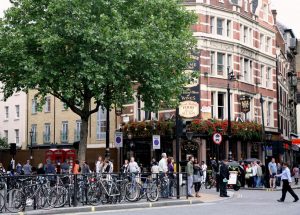
London’s trees support and are closely associated with a wide range of priority species such as all bat species, birds like barn owl, butterflies like purple emperor, other insects like stag beetle, and fungi like oak polypore.
Almost 60% of London’s trees are in private ownership, but the trees on public land contribute 60% of the ecosystem service benefits. This is because parks and green spaces have a higher proportion of larger trees.
Trees prevent 10 times the volume of water in the Serpentine from entering London’s drainage system, which helps reduce the risk of localised flooding.
2. They cover around 20 per cent of the city
All those trees together cover around 20 per cent of London, so the UK’s capital is greener than you think.
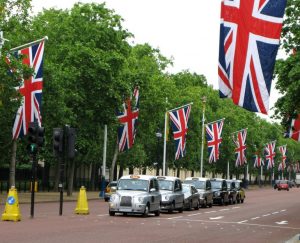
3. Their benefits are worth about £132.7m a year.
London’s millions of trees contribute to the city cash too, by removing pollution, carbon dioxide and helping protect London from flooding.
These benefits are worth about £132.7 million a year, according to The London i-Tree Eco Report.
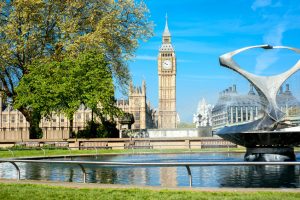
2241 tonnes of pollution removed from the air every year are worth £126 million. They remove the equivalent of 13% of PM10 particulates and 14% of NO2 emitted by road transport.
2,367,000 tonnes of carbon is stored in London’s trees, worth £147 million.
4. 3,000 parks in London
London is full of parks for everyone: there are around 3,000 of them in our city, an incredible number, considering the many people who talk about London as if it was a “concrete jungle”.
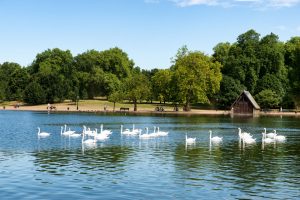
5. The oldest tree in London is 2000 years old
The oldest tree in London is the Totteridge Yew, located in the yard of St. Andrew’s, near Totteridge & Whetstone station. It was declared the oldest living thing in London – a staggering 2000 years old, after 24 years of research.

6. Because London used to be covered in forest, many parts are named after trees and woods
Many years ago, London was covered in forest. This is reflected in the fact that many parts of London are named after trees and woods, such as the three Oaks (Burnt, Gospel and Honor), Nine Elms, Royal Oak station, Wood Green, Fores Hill or Forest Gate.
Especially interesting is Seven Sisters, as it is a name used across the world, generally linked to the Greek myth. In London, it refers to a group of seven elms planted in a circle with a walnut tree at their centre. The clump became known as Seven Sisters by 1732.
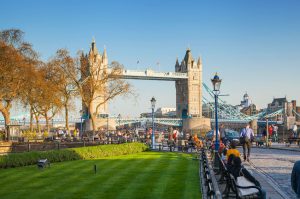
There are over 60 events happening across London for London Tree Week. There’ll also be mindfulness, poetry, art and photography walkshops, children’s activities plus exhibitions at City Hall and Thames Chase Forest.